You’re probably aware of the multitude of benefits of apple cider vinegar for humans.
The fact that it can help with weight loss, digestion, and bacterial infections being just a few.
However, it turns out that your pooch can also cash in on these benefits (and many more). Keep reading to discover how this natural remedy can improve your dog’s health.
Want to learn more about Paleo and how it can help you?
Grab our FREE “What Is Paleo?” Guide by clicking here!
20 Ways to Use Apple Cider Vinegar For Dogs
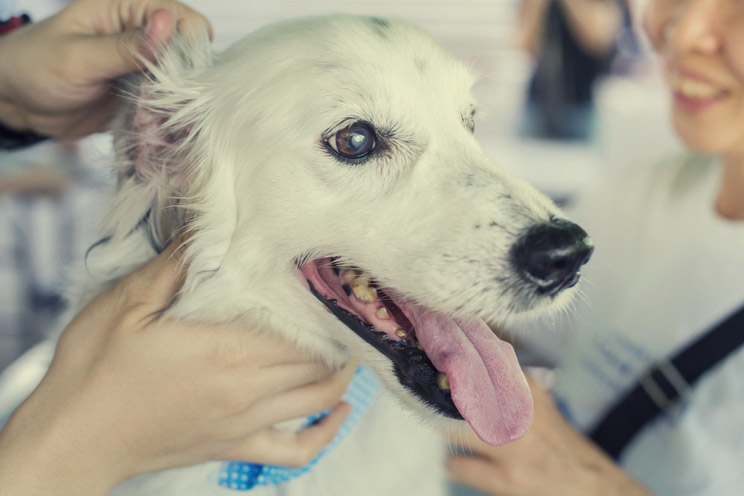
1. Soothe Itchy Skin
The causes of itchy skin in dogs can sometimes be hard to pin down. Luckily, ACV’s antibacterial properties can help get rid of skin infections (if there is an infection) and can also help soothe inflammation and balance pH levels to reduce itching (1, 2).
To soothe itchy skin, make a rinse of 1 tablespoon ACV per 1 pint of water for your dog after you bathe them.
2. Fight Ear Infections
Apple cider vinegar contains several acids with powerful antibacterial and antimicrobial properties, making it excellent for clearing up ear infections (3).
To use, make a 5 ml solution of a 50:50 ration of water to ACV. Apply the solution to your dog’s ears and wipe the inside of their ear with a cotton ball. Do this daily for a week.
3. Repel Fleas and Ticks
The acidic nature of ACV can also make your dog’s coat and skin an unwelcoming place for pests like fleas and ticks.
For a simple repellant, bathe your dog as normal and rinse with a combination of 1 tablespoon ACV per 1 pint of water.
4. Relieve Irritated Paws
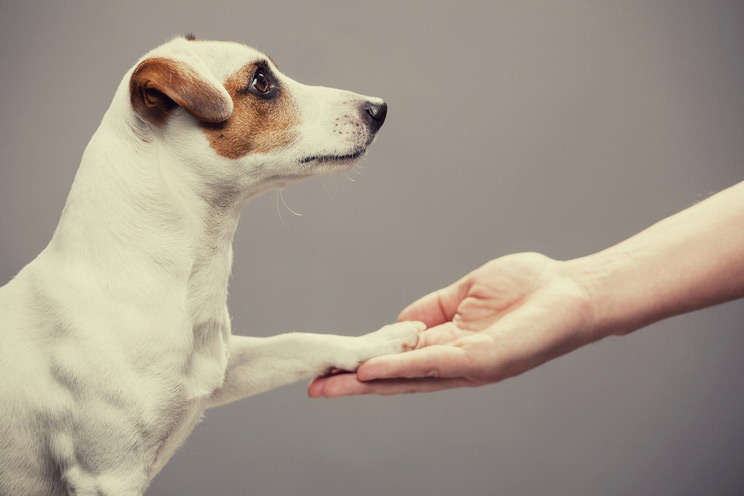
Irritated paws can easily become infected from excessive licking or scratching. By soaking your pup’s paws in a two-part water to one-part ACV bath for 5 minutes, you can help soothe irritation and kill bad bacteria. Don’t rinse afterwards; simply pat their paws dry.
5. Improve Digestion
Be sure to save some of your morning ACV drink for your pooch – it’s good for their digestion too! One study found that by adding acetic acid (one of the main acids in ACV) to participants’ drinking water, increased their good gut bacteria and reduced gastrointestinal disease symptoms (4).
6. Calm Hot Spots
Hot spots are those itchy sores that dogs can develop on their skin from infections or pest irritations. ACV can help disinfect and soothe these spots by reducing bacteria and the chance for further infection.
To soothe a hot spot, mix a 50:50 ratio of ACV to water in a bowl. Saturate a cotton ball and dab it on the hot spot, repeating daily until it clears.
Note: Do not apply ACV directly to open wounds or raw skin, as this can be painful for your dog.
7. Reduce Dandruff
Just like humans, dogs can develop dandruff either from dry skin or fungal issues. ACV’s antibacterial properties can help soothe the skin and clear up infections, reducing itchiness and flaking.
To reduce dandruff, create a bath rinse of a combination of 1 tablespoon ACV per 1 pint of water. Do this several times a week until you see an improvement.
8. Boost Immunity
ACV’s antibacterial and antimicrobial properties can help get rid of underlying infections and microbes that could be lowering your pooch’s immunity. Add ACV to their food or drinking water to help keep their immune system running smoothly. For dosages, scroll to the end of the article.
9. Clean Teeth
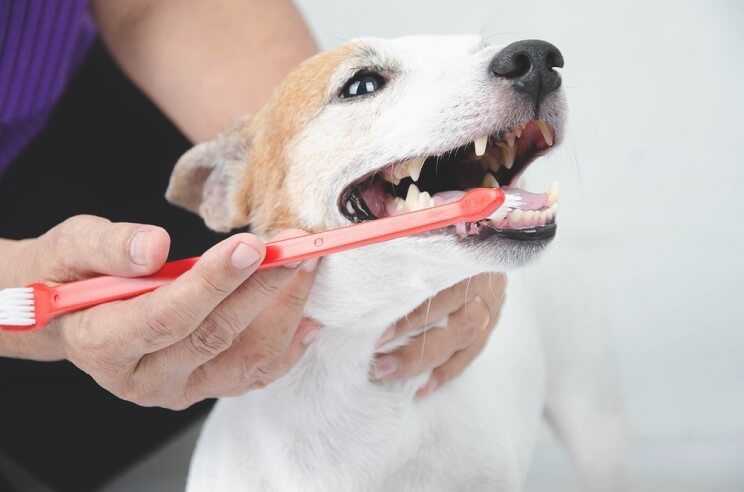
The low pH and antibacterial acids in ACV also make it a great way to keep your pup’s teeth clean. However, you don’t want to use too much ACV on their teeth, as the acids can become damaging at a high concentration. Simply add the recommended dosage below to your dog’s food or water to keep tooth infections at bay.
10. Improve Eczema
In the same way that ACV can soothe itchiness and dandruff, it can also improve eczema. Dilute 1 tablespoon of ACV per 1 pint of water and use it as a bath rinse, or as a spray for the affected area once a day.
11. Ease Arthritis Pain
Many dog owners claim that ACV can help reduce their pup’s arthritis pain. While it hasn’t been studied directly, ACV can be effective against forms of diseases rooted in inflammation like arthritis (5).
12. Manage Mange
ACV is reputed to be a great way to get rid of the mites that cause mange. In this case, many dog owners recommend rubbing undiluted ACV on mange-affected areas, while also adding ACV to their food or water. Be sure not to rinse after using this treatment topically.
13. Eliminate Odors
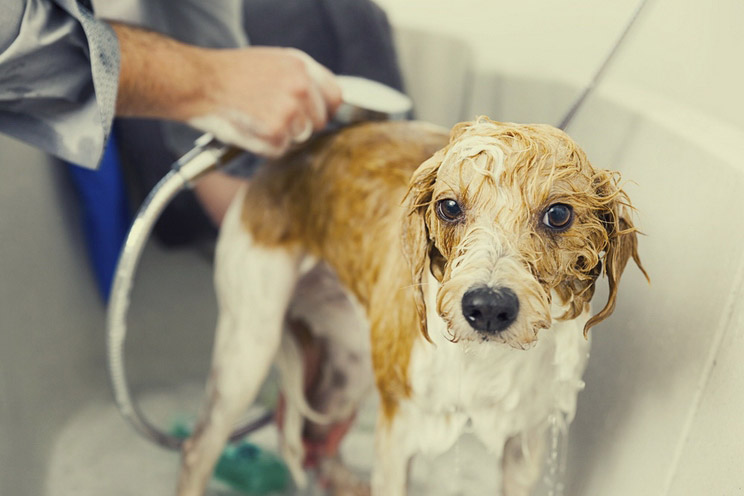
Following up a bath with an ACV rinse, is a great way to break down and get rid of strong odors (like skunk odor) embedded in your dog’s coat. Simply mix 1 tablespoon of ACV per 1 pint of water and pour over your dog after bathing.
14. Combat Fungal Infections
The acids in ACV are also effective at combating fungal infections. For topical use, use a 50:50 solution of ACV to water and dab the infected area. For internal use, follow the dosage instructions below to add to your dog’s food or water.
15. Fight Viruses
Vinegar has been studied for its ability to wipe out viruses like the flu virus with great success (6). To fight infections, follow the dosages below to add ACV to your dog’s food or water.
16. Boost Metabolism
Acetic acid, found in ACV, was shown in Japanese animal studies to suppress body fat accumulation when ingested daily (7). If your pooch could use a little help in the weight loss department, try adding ACV to their food following the dosages below.
17. Control Blood Sugar
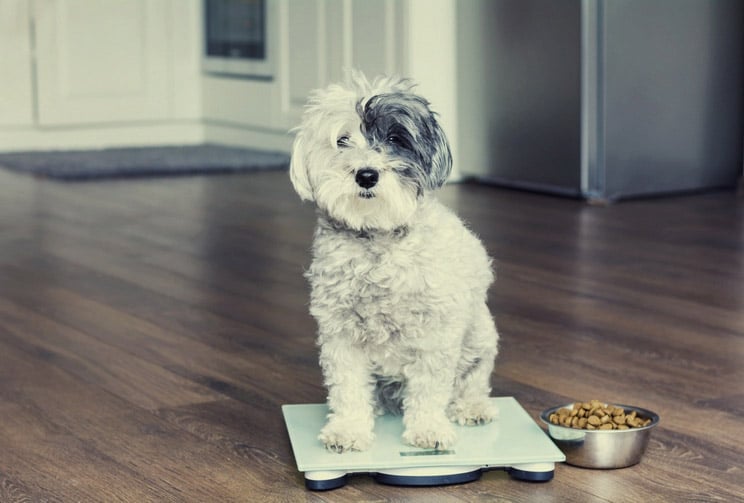
If your pooch is dealing with weight or blood sugar issues, ACV might be able to help. Studies have shown that participants drinking vinegar before meals experience less glucose spikes and improved insulin sensitivity, which shows ACV can help regulate blood sugar levels (8).
18. Slow Aging
Just like humans, dogs are also vulnerable to excess free radicals in the environment that damage DNA and cause premature aging. ACV has been shown to reduce free radicals while also increasing levels of antioxidant enzymes, making it a great anti-aging addition to your dog’s diet (9).
19. Increased Energy
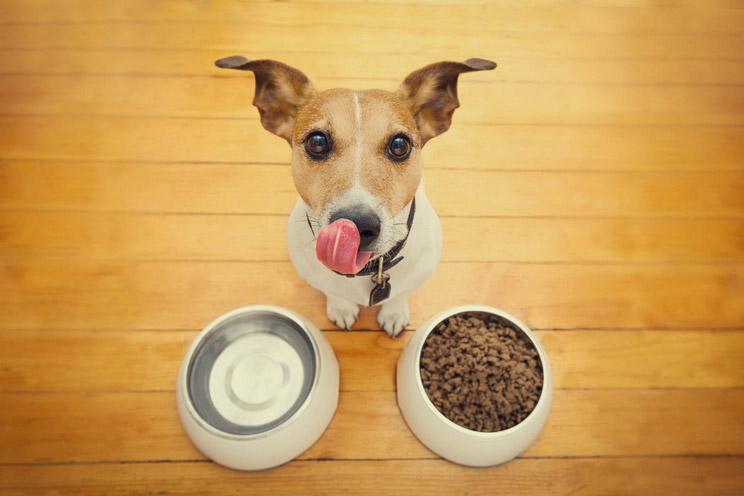
ACV’s ability to reduce blood sugar spikes and improve metabolic markers can ensure your dog has steady levels of energy throughout the day (10). The additional benefit of improving their digestion and getting rid of underlying bacterial infections, can also give them more energy which comes from a strengthened immune system.
20. Alleviate Food Allergies
Interestingly, one study showed that adding vinegar to foods participants were allergic to (lentils, chicken, and eggs) resulted in less of an allergic reaction compared to when the same foods didn’t have vinegar added (11). If you suspect your dog might suffer from food allergies, try adding some ACV to their food as you try to figure out which foods to eliminate from their diet.
How To Give ACV To Your Dog
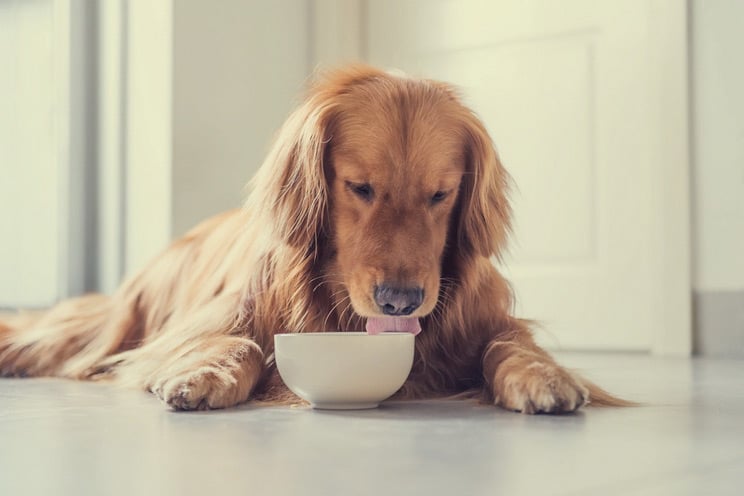
As you can see, ACV can be used both topically and internally to help treat many issues plaguing your pup. For internal use, the standard recommended dosage of apple cider vinegar for dogs is:
- 1 tsp for small dogs (up to 14 lb)
- 2 tsp for medium-sized dogs (15 to 34 lb)
- 1 tbsp for large dogs (35 to 84 lb)
The easiest way to give ACV to your dog is to combine it with their food or water daily.
If you find your dog doesn’t like ACV, try diluting the dosage with more water, or perhaps combining it with wet food instead of dry to mask the taste. You can also try mixing in a small amount of a tasty treat into their hard food, like a dash of ground beef or chicken.
Which Apple Cider Vinegar for Dogs Is Best?
When you decide to purchase ACV, make sure you reach for a brand that is “raw, unpasteurized” or “with the mother.” This ensures the ACV still contains all of its beneficial enzymes and acids.
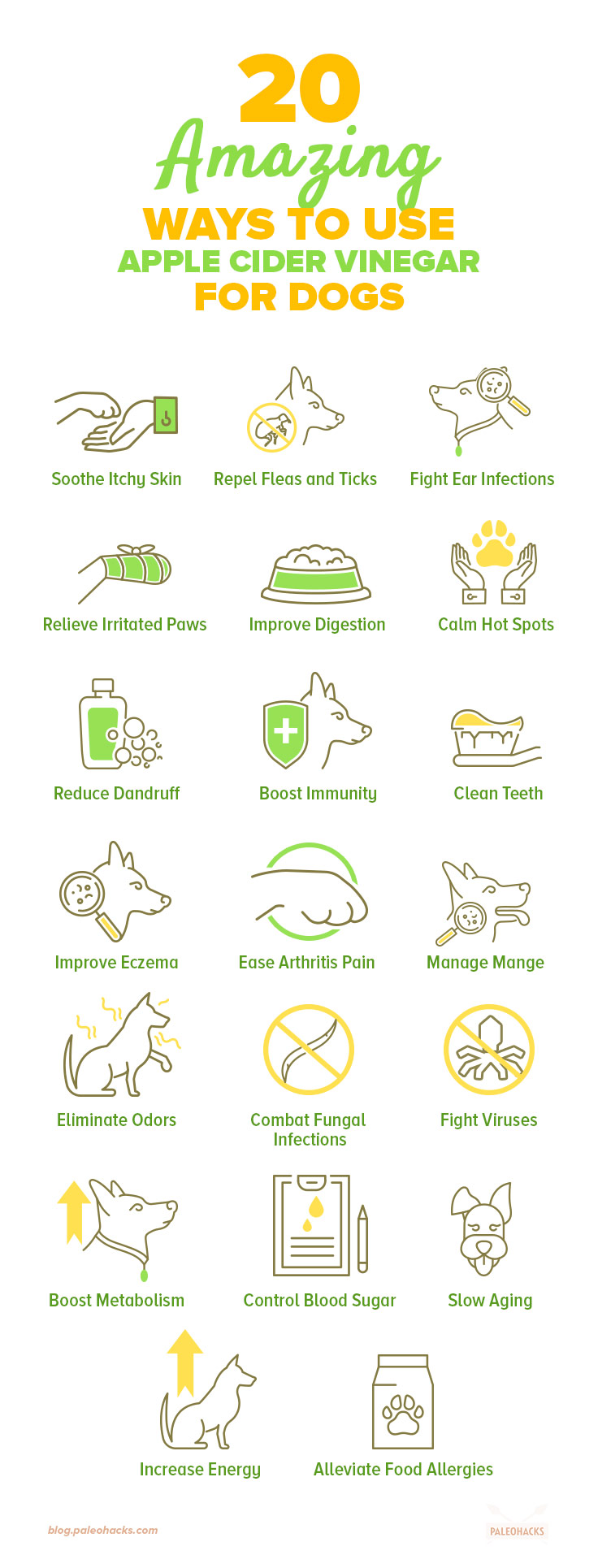
(Read This Next: 20 Amazing Ways to Use Coconut Oil for Dogs)


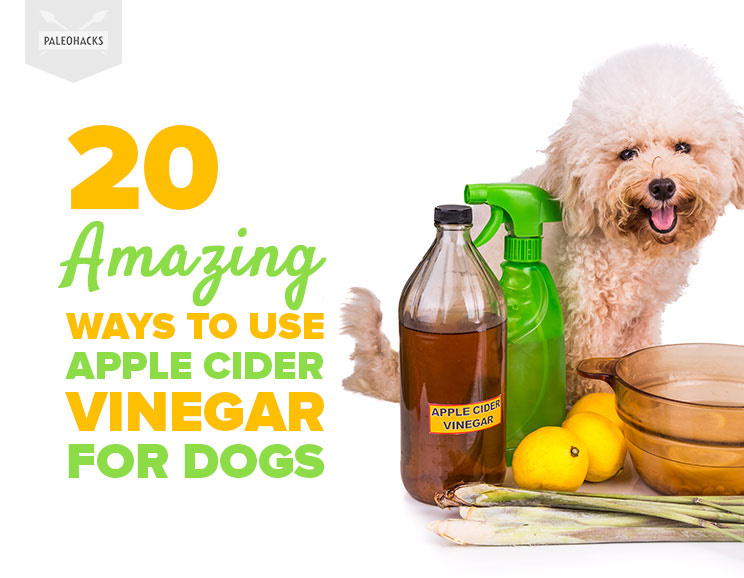
 “Cheesy” Broccoli Breakfast Muffins
“Cheesy” Broccoli Breakfast Muffins
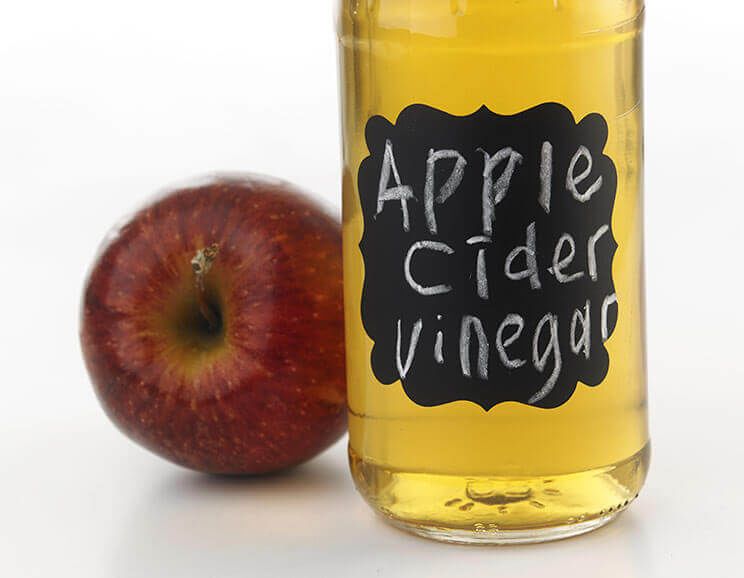
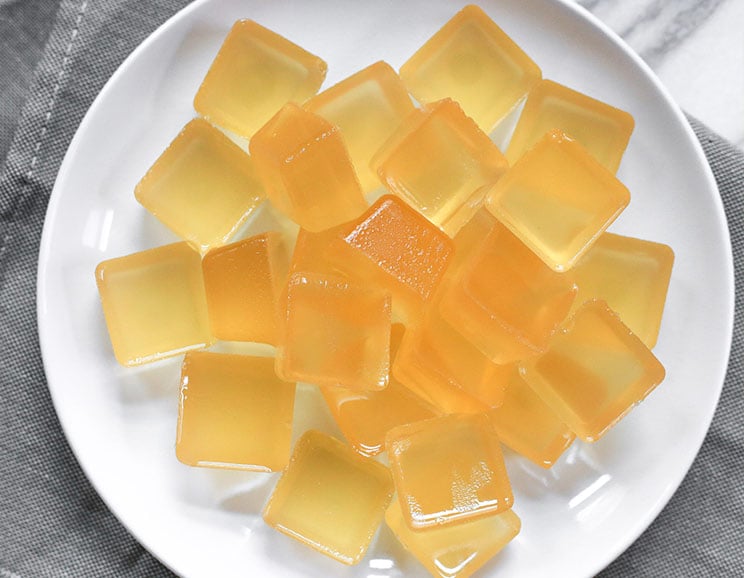

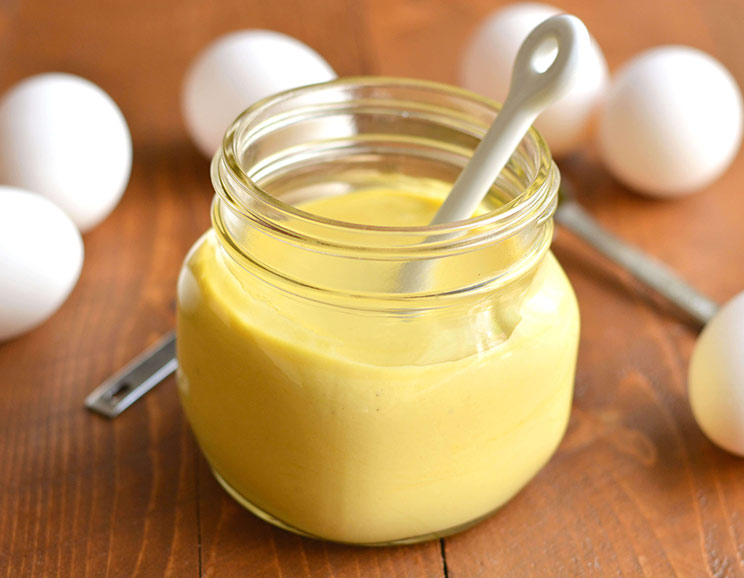
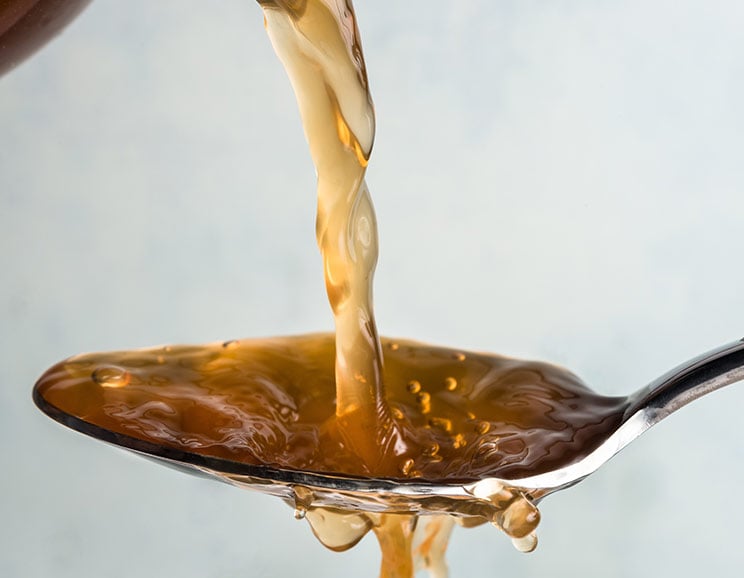
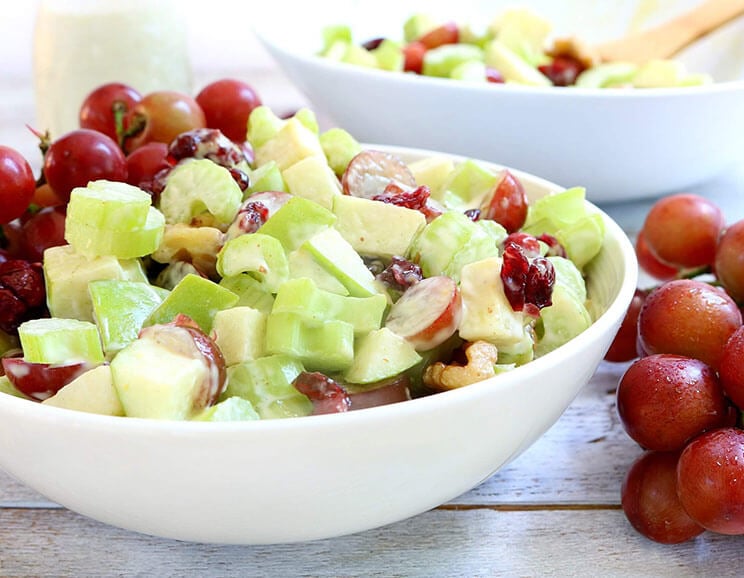
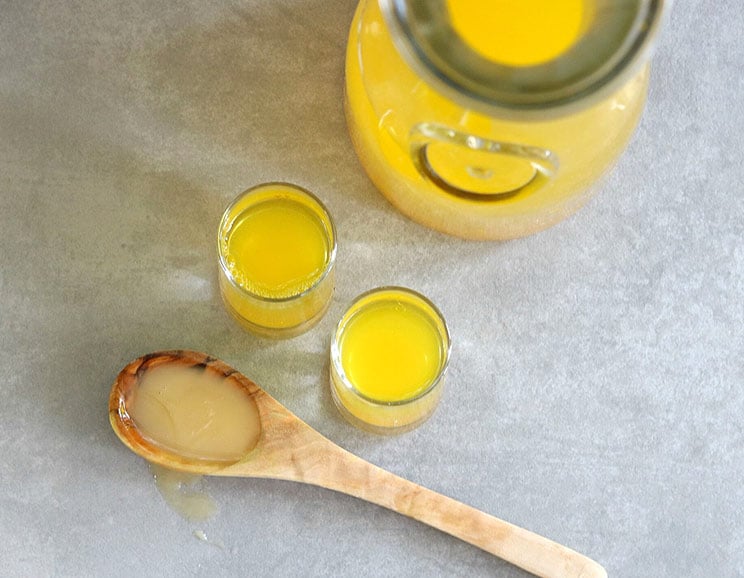

Show Comments